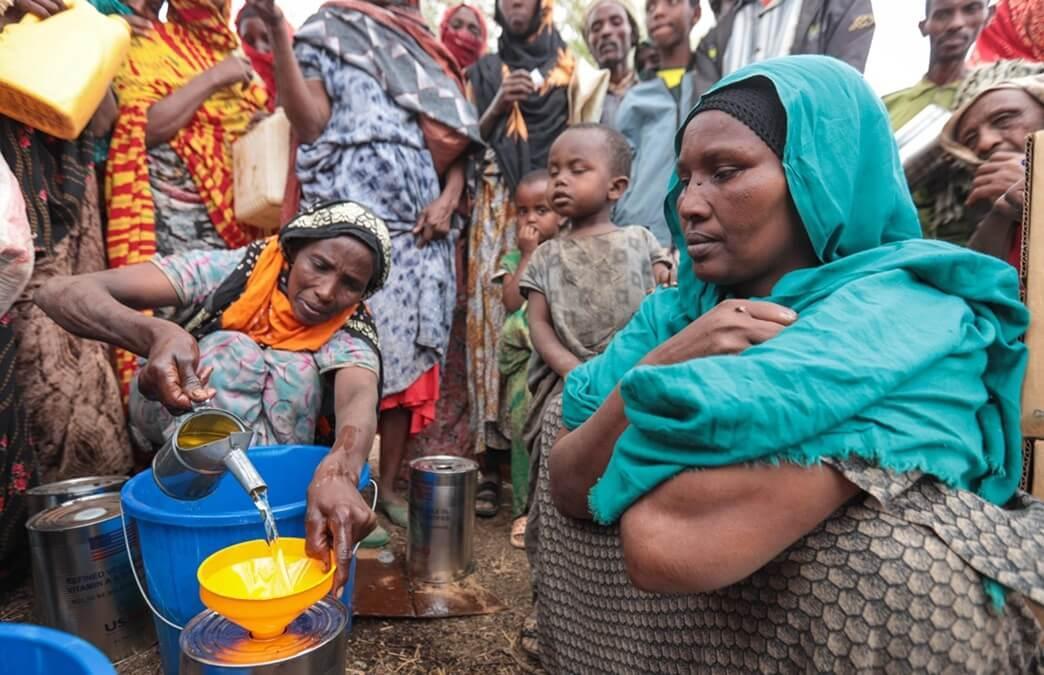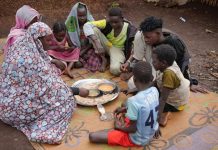Africa-Press – Ethiopia. October 10, 2025 3 minutes read Addis Abeba- Over 288,000 people have been displaced since July 2025 following renewed inter-communal violence between Oromo and Somali communities along the Oromia–Somali regional border, disrupting a period of relative calm that had held since 2018, according to the UN Office for the Coordination of Humanitarian Affairs (UNOCHA).
The Somali and Oromia zonal authorities reported the figure to humanitarian assessment teams, noting that the conflict stems from long-standing tensions, unresolved territorial disputes dating back to a 2004 referendum, and recurring competition over scarce resources. Conflicts have previously caused mass displacements, with over one million people uprooted by mid-2018—many of whom remain in protracted displacement.
Tensions and violence flared again in mid-July 2025, resulting in widespread displacement, fatalities, and damage to infrastructure, according to findings from inter-agency Multi-Sector Initial Rapid Assessments (MIRA). Although the Ethiopian National Defense Forces have been deployed along the regional border to stabilize the area, sporadic fighting and new displacements continue to be reported, keeping the situation volatile.
Addis Standard reported that clashes with armed groups from the neighboring Somali Region have left three people dead, including a seven-year-old child, and three others injured. The deputy administrator of Udet District in the Somali Region confirmed that at least seven people have been killed in Udet since the fighting began and that many residents have been displaced.
Security forces have launched a peace initiative aimed at resolving the border conflict that erupted in early July between East Borana Zone in Oromia and neighboring districts in the Somali Region, local authorities told Addis Standard. However, residents say they have not been included in the process.
MIRA assessments were conducted in both regions in late August, followed by a joint inter-agency mission from 16 to 21 September. The missions found that displaced pastoralist households are sheltering mainly in desert and forest areas, with a smaller number staying near host communities and in school buildings. Local authorities reported 81 spontaneous informal sites—17 in Oromia and 64 in the Somali Region—where displaced families live in makeshift shelters made of plastic sheets, clothing, and sticks, offering little protection from the elements. Many households still rely on plastic tarpaulins distributed during the 2022 drought.
UNOCHA noted that women, children, the elderly, and persons with disabilities face heightened vulnerabilities due to inadequate shelter, lack of privacy, and insufficient protection services. Protection risks include fear of retaliation, gender-based violence, psychological trauma, lack of documentation, and ongoing insecurity. Community leaders told assessment teams that displaced groups remain peaceful and express a strong desire to coexist but require safety assurances before returning home.
In addition to recurrent conflict, affected communities have long suffered from the impacts of prolonged drought, which has depleted water sources, destroyed farmland and livestock, and severely eroded livelihoods. Most of the displaced population was already food insecure before the violence.
The assessments further revealed a high prevalence of malnutrition, compounded by the absence of functional stabilization centers in most affected areas. Water scarcity, low immunization coverage, and limited access to health and sanitation services in displacement sites have significantly increased the risk of communicable disease outbreaks. All school-aged children in the assessed locations are currently out of school due to damaged infrastructure, teacher displacement, and the use of schools as temporary shelters.
In the Oromia Region, an estimated 151,972 people are displaced across the Arero, Dhas, Gumieldalo, and Wachile districts of the East Borena Zone. Authorities there also reported loss of life, looting of more than 5,700 livestock, and extensive property damage.
In the Somali Region, zonal authorities estimate 136,199 people have been displaced across Moyale and Hudet districts in Dawa Zone and Dekasuftu and Kersadula districts in Liban Zone. A MIRA assessment conducted from 9 to 21 August found that most displaced people are in Moyale (57,600), followed by Hudet (45,000), Karsadula (21,500), and Dekasuftu (12,000). Local Disaster Risk Management Offices reported the destruction and burning of properties, looting of livestock, and multiple casualties and injuries.
Humanitarian agencies say urgent needs include food, emergency shelter, non-food items, water and sanitation support, health and nutrition services, and protection assistance—particularly lighting for women’s safety—as well as clothing, shoes, and cash support. AS
For More News And Analysis About Ethiopia Follow Africa-Press






